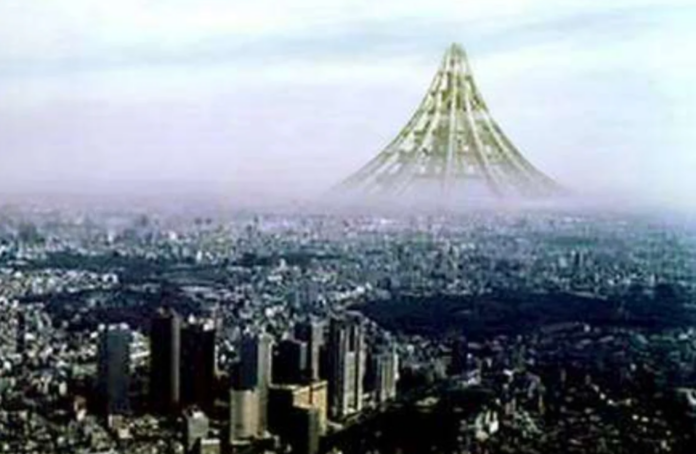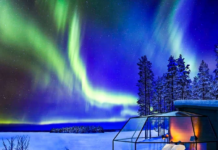Skyscrapers: buildings that develop vertically and that have a considerable number of floors. Today they are the favourite subject of the greatest architectural competitions: architets try to give them the strangest shapes and make buildings as high as possible. Obviousòy it’s impossible that all of a sudden it was decided to raise the buildings from one floor to 15, 16, 20 and 100. Here is the history of the tallest buildings up to what will be realized in the coming years: a 4000 meters-skyscraper.
A SKYSCRAPER HIGH HALF EVEREST: the new goal of a challenge started from only 16 meters
# The first skyscraper in history: 16 meters high at the end of the eighteenth century
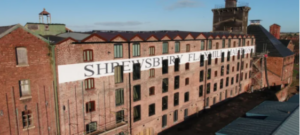
Ditherington Flax Mill
If it were said that the ancestor of all the skyscrapers is a building about 16 meters high, probably the current architects and engineers would laugh. And yet it is just like this: it is the Ditherington Flax Mill in the suburb of Shrewsbury, England. It is an industrial building made with an internal iron structure in 1797, this is why it is considered as “the grandfather of skyscrapers”.
The second tallest building made in history was the Home Insurance Building in Chicago with its 42 meters. And then in 1889 an Italian building came, which certainly cannot be considered a skyscraper, but which at the time exceeded in height all the remaining buildings in the world: it is the Mole Antonelliana in Turin with its 167 meters.
# The New York race
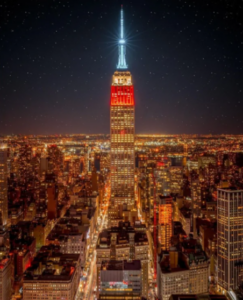
Empire State Building
The other buildings that over the years have conquered the record of being the tallest building in the world are the Singer Skyscraper in New York with 186 meters high, Metlife Tower always in New York 213 meters high, Woolworth Big Apple Skyscraper 241 meters high and Bank of Manhattan at Wall Street 283 meters high. In other words, in the Big Apple there was a race to who built the tallest building. The other two taller buildings are in fact born in New York: we are talking about the Chrysler Building and the famous Empire State Building, 318 meters high.
# The tallest building in the world: 828 meters
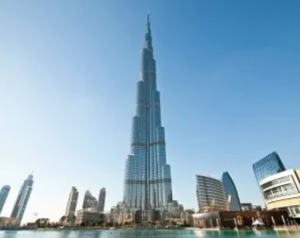
Burj Khalifa
While the American race continued, at some point also China, Saudi Arabia, Japan and other Asian states appeared to compete. Today the tallest building in the world is the Burj Khalifa in Dubai, in the United Arab Emirates. With its 828 meters high it is 3 times higher than the Eiffel Tower. Plus, if you think about how many pieces it was built with, these are so many to go around a quarter of the world. And the used steel is so much to build five Airbus A380’s.
# The future kings of heights
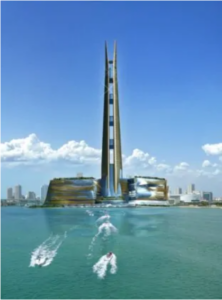
Miapolis Miami
But the skyscrapers that you want to build will be much more ambitious. The first to be able to overcome the Burj Khalifa will be the Miapolis in Miami. It will be a sort of vertical city with restaurants, shops, panoramic terrace, a private pier and of course apartments. It will be 975 meters high and will count 160 floors. In Tokyo then you could try to touch the 1000 meters high, which is absurd for a building. With 202 floors it could cover an area 4 times larger than the Principality of Monaco. In both cases these are buildings that have already been built, but are not yet completed.
# X-Seed 4000: the building that will be half the height of Everest
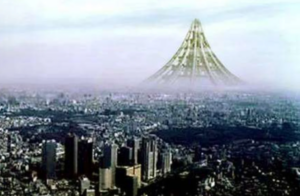
However today the almost unthinkable building is the X-Seed 4000. Most likely it will be built in Tokyo and will reach a height of 4000 meters. It will be as high as a real mountain, like our Alps, and almost a half of Everest. It will take 3 million tons of steel to be build and will be so heavy that it will triple the weight of the Golden Gate, the bridge that connects San Francisco Bay with the Pacific Ocean. An 800-floors building shaped as a mountain inspired by Fujiyama. The project is by the company Taisei Corportation and the skyscraper should rise on a floating platform of 6.5 kilometers in diameter and could accommodate up to a million people.
BEATRICE BARAZZETTI


